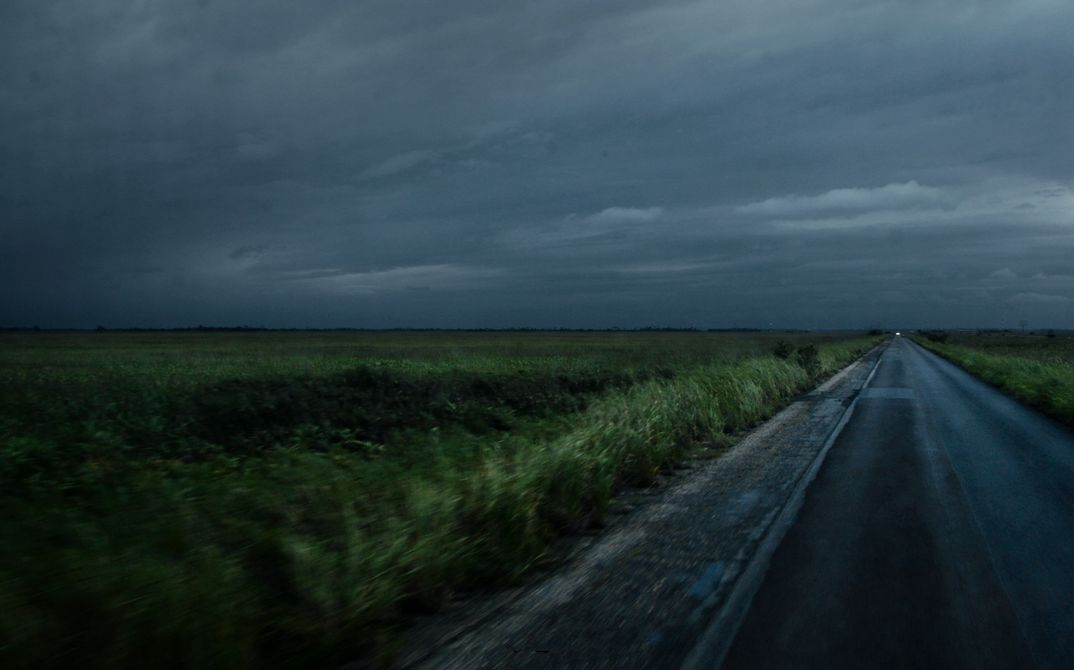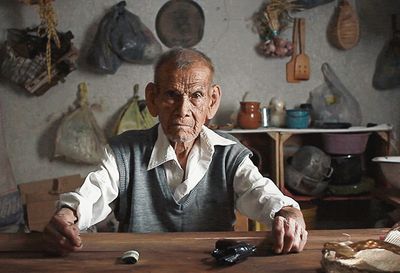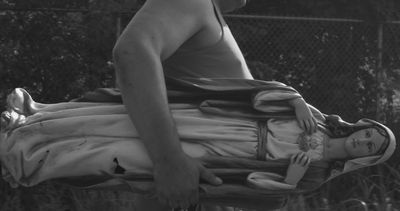As I write these lines, the media is awash with news of the umpteenth capture of "El Chapo" Guzman, perhaps the greatest Mexican drug trafficker, head of the Sinaloa cartel and responsible for some of the most incredible escapes in history. As I write these lines, or rather as I let some recent Mexican films pass through my mind, we’ve been having discussions at home about the video of El Chapo’s latest capture, which we’ve been playing on loop: a fifteen-minute sequence shot in nearly a single take, filmed with a camera mounted on the helmet of one of the soldiers who arrested him. The video is entitled “Operation Black Swan” and has rapidly gone viral, gaining hundreds of thousands of views in just a few days. Moreover, it is already the subject of parodies that ridicule its cinematic qualities while sowing doubts whether conscious or unconscious about the veracity of these images and the entire police, government and media operation.
There is no doubt that the real is always an invention, and that cinematic staging is the perfect vehicle for propaganda. Whether the video is true or a new propaganda operation, the figure of El Chapo and everything that surrounds him has all the ingredients of the sort of generic Latin American productions eagerly sought by the most prestigious film festivals worldwide: violence, sex, fiery women, poverty, drugs, rural settings, semi-illiterate and impoverished extras (whom the critics refer to as “non-professional actors”) and the constant not so subtle hint that the Mexican state is a rotten and corrupt extension of the drug cartels. Or, to put it another way, it contains all the necessary elements for viewers with a superficial sense of awareness and a somewhat racist core to subconsciously reaffirm their post-colonialist worldview, while simultaneously satisfying what Mike Zryd has called the “documentary fantasy”: “the idea that we solve the problems in the world just by watching documentaries about them”.
This fantasy is particularly present in the viewer's relationship with more traditional documentary cinema and focuses on the issue in question and its severity, while serving to silence the guilty conscience of audiences in rich countries. Yet it can also be applied to the relationship we establish with feature films, especially those from poor or developing countries, which only reproduce our imagined stereotypes of the Global South. Argentinian critic Roger Koza has referred to such films as a “school of the sordid”: primitive, uncharted, violent societies, dominated by primary instincts at once exotic and dangerous, capable of awakening the desire for adventure, compassion and solidarity in us, together with a surface indignation that is immediate, innocuous and entirely interchangeable.
In some way, the circuit of festivals, critics, programmers, spectators and the media merely reproduces a vicious circle of what you might call poverty pornography in a seemingly infinite loop, a vicious circle denounced back in the seventies by Colombian filmmakers Luis Ospina and Carlos Mayolo: “Poverty became an important issue and therefore an easily saleable commodity, especially abroad, where poverty forms a counterpart to consumerist affluence. If poverty was able to serve independent film as an element of condemnation and analysis, commercial desires turned it into an escape valve for the very same system that generated it. This thirst for profit left no room for a method that might discover new premises according to which poverty could be analysed; on the contrary, it created demagogic blueprints that advanced to the status of a genre we could term miserabilist cinema or poverty pornography.” This cycle of poverty pornography, the buying and selling of images produced in the Global South to satisfy the industry and audiences of the northern hemisphere, images that are devoid of any critical and political discourse, has also taken on the more prestigious guise of auteur cinema. It is this brand of cinema which is the main guilty party in creating the sort of false self-portraits that certain filmmakers in emerging countries are creating about themselves and their countries of origin, portraits imposed upon them and directed by the First World.



